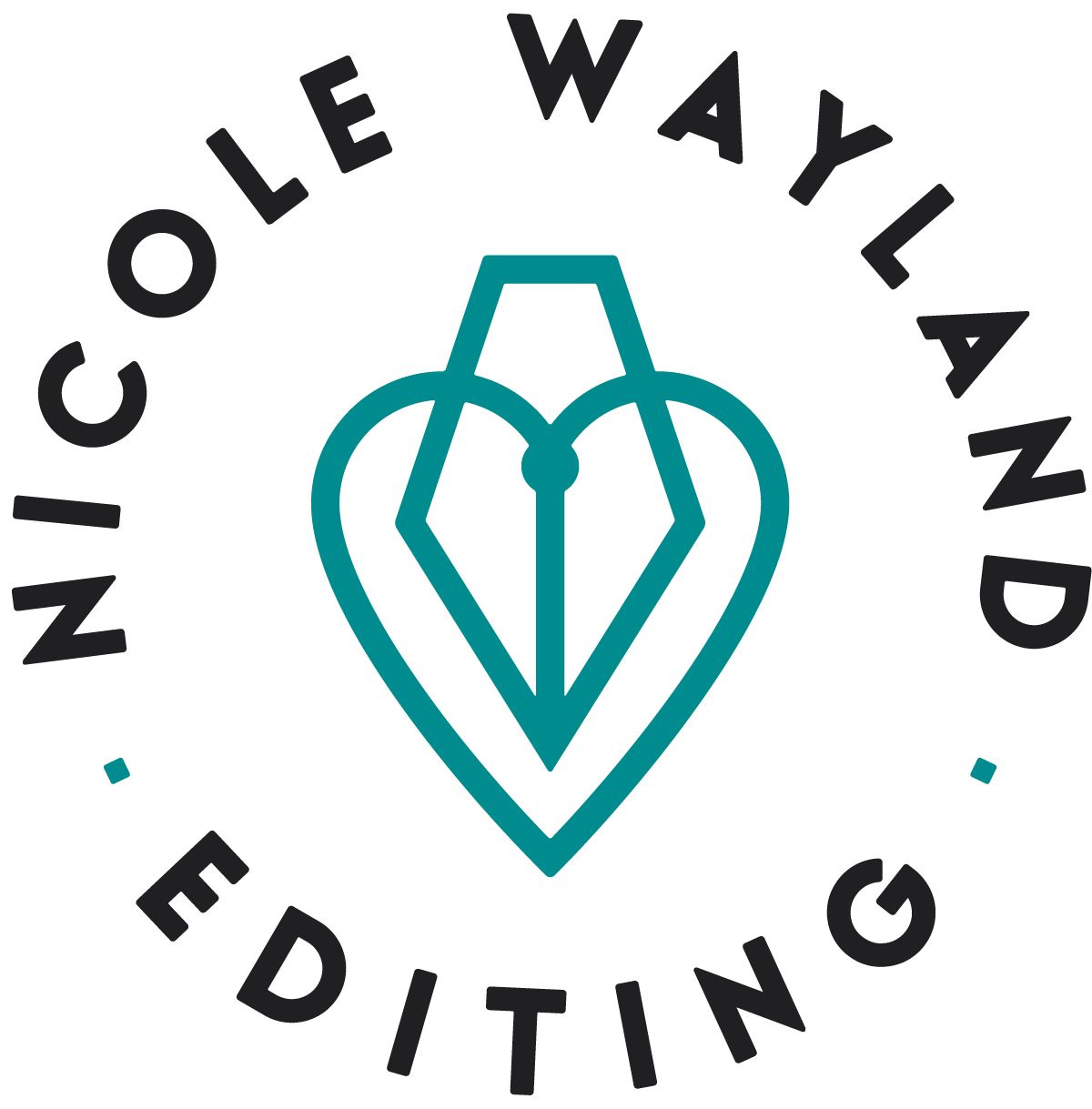I recently picked up Marie Kondo’s The Life-Changing Magic of Tidying Up: The Japanese Art of Decluttering and Organizing, and I thought it would be fun to include a book review every few months on the blog (I will, of course, keep the book choices relevant to freelancing, editing/writing, and business in general). As a freelancer, the way my home is organized directly affects my productivity. I was interested to see if Kondo's method (aka the KonMari Method) could help me better organize my home, leaving more time to build my business and work more productively.
Clutter affects us in many ways and comes in various shapes and sizes. It’s not just a pile of junk mail on the table or clothes in the closet that don’t fit but can come in the form of toxic relationships, possessions from a past relationship or broken friendship that give off a negative vibe, and/or an overflowing e-mail inbox. Clutter adds stress to our lives and distracts us from the things that truly matter.
The Life-Changing Magic of Tidying Up is an absolute gem. From an editorial standpoint, I found it to be extremely well written. It’s a relatively quick read (213 pages) and has a clear and helpful index and table of contents. Besides wholeheartedly recommending this book to those who are looking to bring order into their lives and work (if you aren’t one of the millions of people who have already purchased it), I thought I’d include some of the ways reading this book has improved my life as a freelancer. I hope you find these tips to be helpful!
I’ve reset my morning and evening routines for better productivity.
Each evening, I make sure that everything is put away in its proper place before I go to sleep. In addition to giving me a fresh start in the morning, I am actually able to get better-quality sleep knowing that everything has been taken care of prior to bedtime. Before reading this book, I would tidy up the apartment as part of my morning routine, thinking it would kick-start my productive spirit and energize me for the busy day ahead. This partially worked, only I would get into “home mode” instead of “work mode,” and before I knew it lunchtime would have passed on most days without much editing to show for it (however, on occasion I would have an extremely organized kitchen, complete with an alphabetized spice rack). I now have a new morning routine, which I’ll outline in detail in the next post, and I’ve been able to hit the reset button on my productivity.
I am now surrounded only by things that bring me joy, which has improved my energy and overall happiness.
When I look around our home, I can’t help but smile because the possessions I’m surrounded by, each and every one, bring me joy, which is the primary theme of the KonMari Method. Each piece of furniture, artwork, and décor is something that my husband and I picked out or was a gift that truly suits our style and needs (and not something we kept because we felt like we had to). Photographs elicit happy memories and fresh candle scents invite relaxation. To learn to let go of what no longer serves us is such an important life lesson, but to then be surrounded only by what we hold most dear generates such an uplifting feeling. As for my workday: happier thoughts + more energy = less stress + more getting done.
Tidying has become so much easier, which means more time in the day for the important things in life.
Once I had decluttered and assigned everything its own place (and I mean everything), I was amazed by how much faster and easier it was to have the apartment clutter-free, and, most importantly, it’s been near effortless to maintain. There’s no more shutting the door to hide the mess on the other side or taking extra time to decide where something should go. I no longer have items I didn’t remember I had because they were stashed away in storage, and I can now better organize our belongings in our tiny one-bedroom apartment with lots of room to spare (my favorite tip was her method of folding rather than hanging certain clothing items—it has seriously changed my life!). Since I spend drastically less time picking up, I have more time to work on the things that mean the most to me. I’ve felt the weight of a heavy load being lifted off my shoulders, and I’m ready to take my business—and my life—to the next level.
Have you guys read this book? What did you think?





